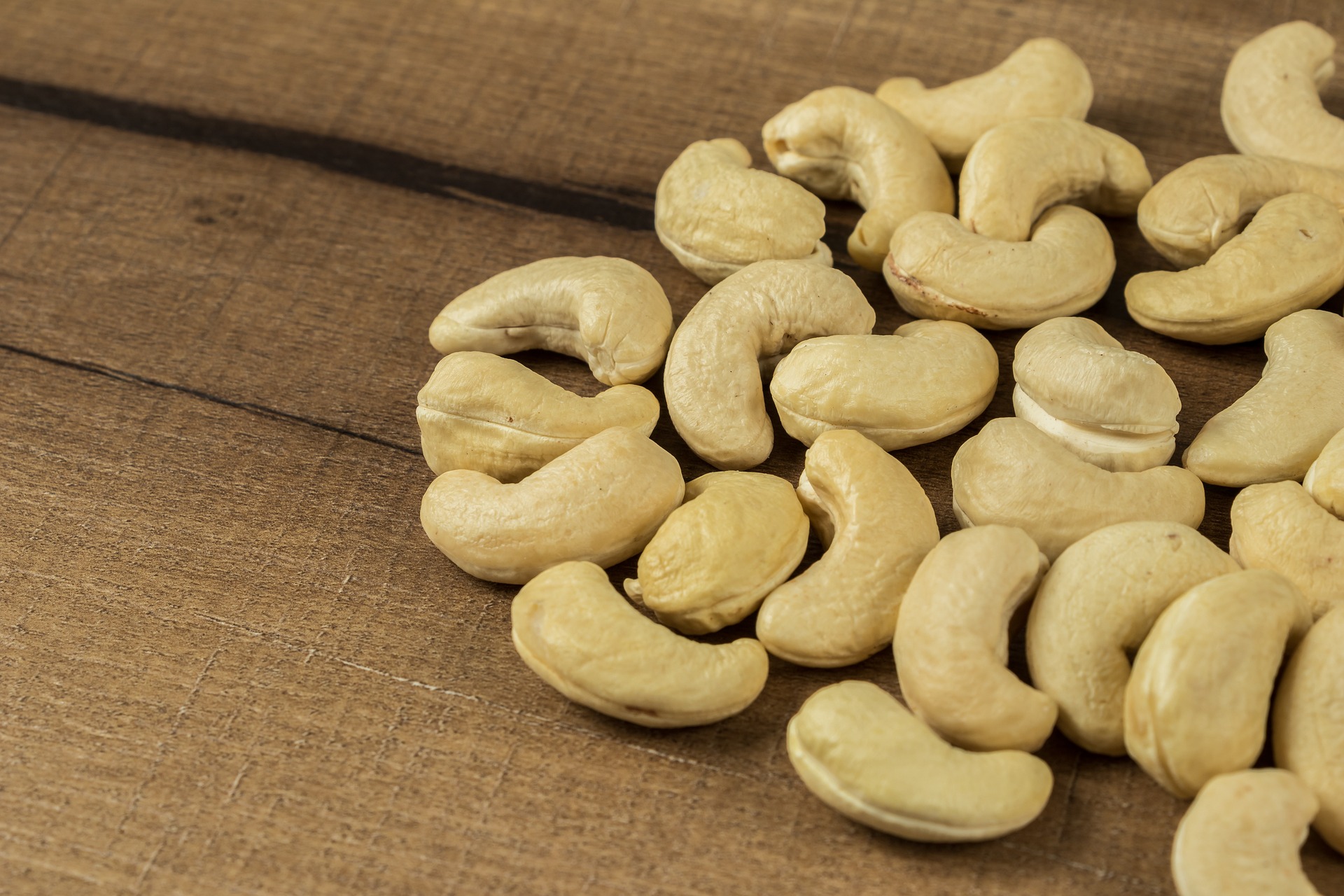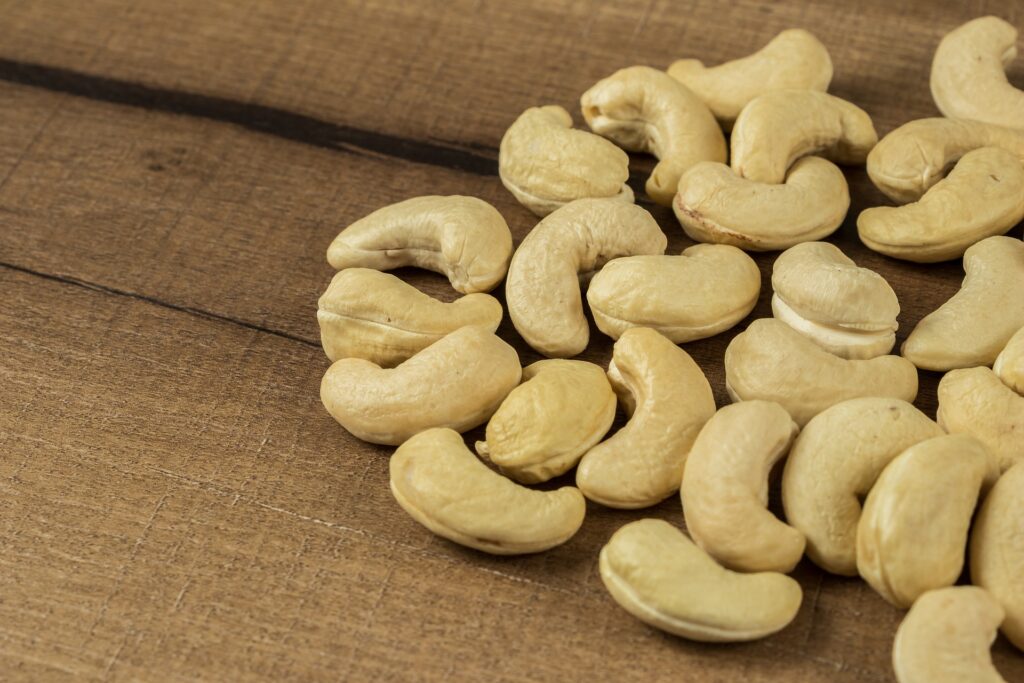
Image: Pixabay
India and Vietnam stand out for their population's high consumption and growing dependence on nut imports.
Brazil has the potential to increase nut exports to Southeast Asian countries, according to an unprecedented study prepared by the Brazilian Agriculture and Livestock Confederation (CNA) to identify business opportunities for products of greatest interest to the Agro.BR project .
{module Form RD}
The study “Market Opportunity Analysis: Southeast Asia Nut Market Exploration” considered India, Vietnam, Thailand, Malaysia and Singapore as the most relevant markets in the region.
CNA's Commercial Intelligence Coordinator, Felipe Spaniol, stated that the study pointed to India and Vietnam as the most attractive destinations for Brazilian chestnuts and walnuts, given the increased dependence on imports, the good prospects for expansion with a growing population and the search for a healthier lifestyle.
“Small and medium-sized producers must look strategically at these markets. To achieve this, it is important to train yourself, participate in fairs, missions and business rounds offered by CNA, through the Agro.BR project”.
India – The CNA study points to India as the third largest nut producer in the world, but also a net importer. In 2020, it produced 197 thousand tons, imported 998 thousand and consumed 1 million tons. Shelled cashew nuts are the main product consumed.
In the entity's assessment, the Indian population's search for a healthier lifestyle is a positive point in boosting demand for nuts. On the other hand, high tariffs and import taxes have a direct impact on product prices, which can affect the Indian consumer's budget.
Vietnam – In recent years, Vietnam's consumption levels have exceeded production levels, thus increasing its dependence on nut imports. In 2020, Vietnam imported 1.2 million tons of nuts to meet its domestic consumption. Production totaled 85 thousand tons and consumption 904 thousand tons.
The country is the world's main processing center and largest exporter of cashew nuts, accounting for more than 50% of global processed nut raw materials. However, the industry depends heavily on imports throughout the year and Brazil is one of the suppliers of this product. In 2022, revenue obtained from Brazilian exports of shelled cashew nuts totaled US$ 140 thousand.
Thailand – Despite limited consumption levels, Thailand continues to be a significant importer of nuts, precisely because it is a nut processing hub in Southeast Asia. In 2020, imports grew by 46.34% compared to the previous year.
The Confederation's study states that the country is focused on food processing, thus explaining the high volumes of imports over the years. Thailand is characterized by being an importer and exporter of chestnuts, that is, the country imports to re-export worldwide. Therefore, the market presents itself as an opportunity for Brazil.
Malaysia and Singapore – The CNA study reveals that in Malaysia production and consumption levels between 2017 and 2020 remained stagnant. Consumption is ensured by local production, which means that the country is not considered an opportunity for exports of Brazilian nuts.
Singapore already depends on nut imports to meet its domestic demand, but the volumes traded by the country, compared to others in the same region, do not justify placing it in a prominent position as a great opportunity.
Nut production in Brazil – Among the eight most consumed nuts and nuts in the world, four of them are present in Brazil: cashew nuts, Brazil nuts, pecan nuts and macadamia nuts. According to data from the Municipal Agricultural Survey (PAM), in 2021, Brazil produced 111 thousand tons of cashew nuts. Production is concentrated in the Northeast region.
Source: CNA | agrolink













